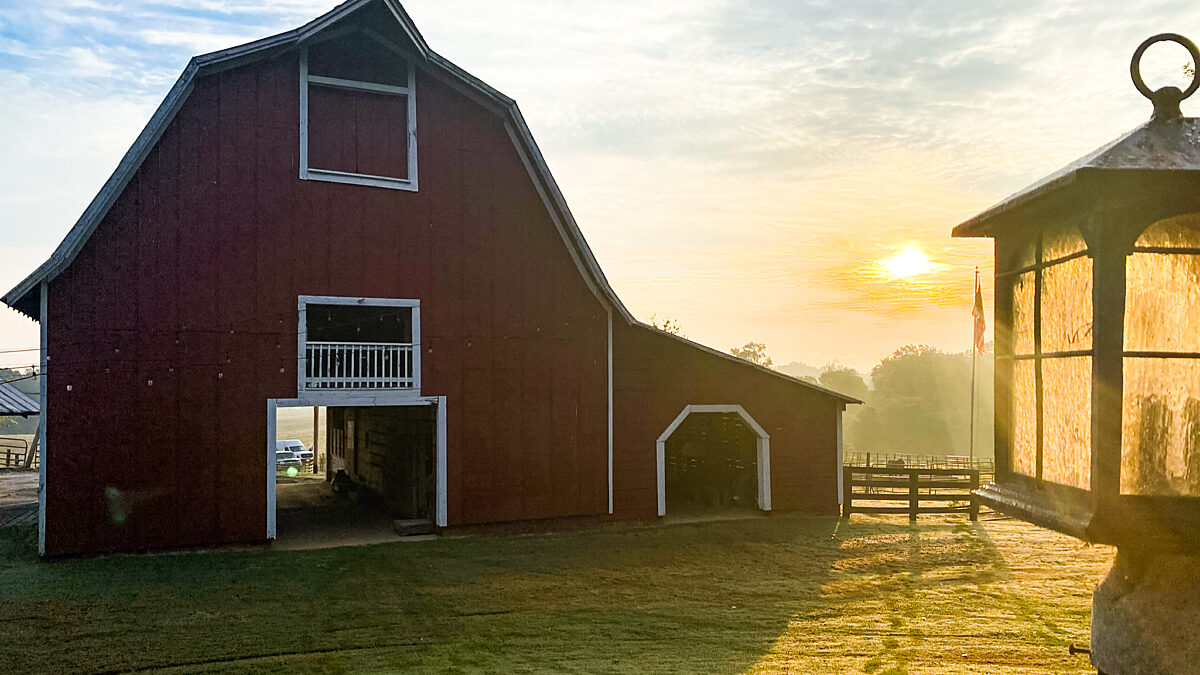Tools to Help U.S. Agriculture Stay Competitive
Guest Author
Special Contributor to FB.org

photo credit: AFBF Photo, Mike Tomko
Guest Author
Special Contributor to FB.org
By Mike Johanns
Every five or so years, the U.S. Congress has the difficult task of trying to pass an act that will guide the future of the agriculture industry, while simultaneously trying to minimize the rural/urban divide. This act historically has gone by many names, but is universally known as the “farm bill” and sets the table for some of the most efficient and innovative minds to help feed the world. It’s never easy to pass, not due to partisan politics generally, but rather as a result of where Americans call home.
As the farm bill inches along, the focus for many in the agriculture sector is how well this bill can help the industry rise up and out of its current recession. With an industry that has survived a multi-year recession, deflated prices and a drop in net farm income by nearly 52 percent, some form of relief is greatly needed.
The public-private partnerships that can rise from Agriculture Department investment in this area will lead to innovation in a number of different fields.
However, while provisions in the farm bill can provide assistance over the next five years, there also needs to be a strong emphasis on helping the long-term well-being of the industry – specifically, through a greater focus on research and development.
A recent presentation hosted by the American Enterprise Institute showed comprehensive evidence that research and development within the U.S. agriculture industry has dropped substantially over the last few decades. The drop is so severe that the U.S. is not only no longer the leader in agricultural research and development, but is being left behind by other countries in R&D spending.
Research is critical to feeding a growing world population. The public-private partnerships that can rise from Agriculture Department investment in this area will lead to innovation in a number of different fields. Research can help farmers, ranchers and the agriculture industry as a whole better understand weather patterns, discover new ways to grow fruits and vegetables, find more efficient techniques to raise cattle and even gain a better understanding of R&D’s impact on the broader economy. The current version of the proposed farm bill continues to authorize funding to USDA for items such as traditional programs for institutions of higher learning, as well as a number of smaller, but still highly important, research programs.
Luckily, instead of relying on the whims of Congress to pass a favorable farm bill, there is a much better option for those looking to refocus their R&D efforts.
As an owner or practitioner within the agriculture industry, there are countless numbers of activities that a company may already be doing that could qualify for a generous, but highly underutilized, research and development tax credit.
The R&D tax credit was implemented in the 1980s to battle an economic slowdown, but over time the credit has evolved and been expanded for the benefit of numerous industries – including the broader agriculture sector. Due to gradual regulatory changes over the past two decades, the R&D credit can be applied not only to activities that are purposefully innovative and progressive, but also to many activities that farmers, ranchers and producers perform on an everyday basis. This includes common activities such as:
- hybridization or development of new strains of crops, plants or livestock;
- experimentation with new or different fertilizers;
- development/implementation of new ways to protect crops from disease;
- development of new irrigation systems;
- evaluation and implementation of new techniques to increase yields; and
- improvements in harvesting equipment, techniques or cycle times.
If a business performs any of the above activities – or other activities designed to improve agricultural products, processes or techniques – that company likely qualifies for substantial tax savings. For example, a dairy company undertook several projects to develop new electrical components to be used in conjunction with the company’s line of cattle cooling products. This company received more than $163,000 in federal and state credits due to R&D tax incentives.
Whether through incentives such as the R&D credit, or improvements within new legislation, it is clear that one way to create success in the agriculture industry is through concerted research & development efforts. With or without the farm bill, the R&D tax credit will remain one of the best opportunities for agribusinesses to stay competitive.
Mike Johanns was the U.S. agriculture secretary from 2005 – 2007, governor of Nebraska from 1999 – 2005 and a U.S. senator representing Nebraska from 2009 – 2015.